
100-Year-Old Private Photos Show Two Cool Women Playing With Gender Roles
In a box marked “private”, an amazing collection of glassplates were found 30 years ago, amongst the remnants of the two portrait photographers Marie Høeg (1866-1949) and Bolette Berg (1872-1944).
In 1895, they established the Berg & Høeg photography studio in Horten, Norway, where they took portraits and views of Horten and surroundings and lived on the proceeds from sales. At that time, photography was seen as a decent and acceptable profession for women, as it was a profession that demanded a certain amount of aesthetic sense – as part of the female nature.
Horten was a naval base with the main shipyard for the Norwegian navy and had a strong flow of people who needed photographs for celebration and recollection. Perhaps that is how the two photographers understood by the very process of portraiture how important it is to stage oneself and to what a large degree that contributes to how we are perceived.
The Preus museum collection has 440 glass negatives from Berg & Høeg. Among the cartons in the 1980s were discovered some on which had been written “private.” It is not unusual that photographers also have private photographs in their archives. But these were not ordinary keepsake pictures. They indicate that the two photographers, especially Marie Høeg, experimented with various gender roles.
Imagine the fun they must have had, cross-dressing and playing! At the same time, the images are deeply serious, as they reflect upon the expectations and attitudes towards women, and their lack of rights and freedom. We know that Høeg was the extrovert and started groups to fight for women’s rights. Bolette Berg was less in the public view. However, she must have been back of the camera in many of these photographs, which have attracted international notice.
We find several such boundary-breaking photographic projects in Europe and America around 1900. They correspond with women’s battle for full civil rights and the right to define their own identity. So these photographs are a part of an international history – or herstory – that has meaning and recognition value for all women, including now.
All images are digital reproductions of the original glass plates. Some of the plates have cracks and damages, left visible in the reproductions.
Marie’s moustache
Photo: Berg & Hoeg, ca. 1895-1903. The Preus museum collection.
Posing as the polar hero
Around this time, Norwegian polar heroes like Fritjof Nansen and Roald Amundsen were the superstars of the era. As a form of emancipation, Marie Hoeg is posing as they were, fully clad in a furry attire. Photo: Berg & Hoeg, ca. 1895-1903. The Preus museum collection.
Cool in wool
Marie Hoeg casually posing in her woolen underwear. She looks self-confident in front of the camera. Possibly, her companion Bolette Berg is the photographer behind the camera. In this image, a crack in the glass plate is visible. Photo: Berg & Hoeg, ca. 1895-1903. The Preus museum collection.
Back portrait
Photo: Berg & Hoeg, ca. 1895-1903. The Preus museum collection.
Cross-dressing
Marie Hoeg posing with an unknown male in the studio. Photo: Berg & Hoeg, ca. 1895-1903. The Preus museum collection.
Under my umbrella
In most of the images, Marie Hoeg is the subject. But we also find some images of men posing as women, as this one with an unknown man in women’s clothes. Photo: Berg & Hoeg, ca. 1895-1903. The Preus museum collection.
Having a ball
Sitting on the floor drinking and card-playing, doing the things “nice girls” shouldn’t do… It’s an expression of freedom. Photo: Berg & Hoeg, ca. 1895-1903. The Preus museum collection.
Photo: Berg & Hoeg, ca. 1895-1903. The Preus museum collection.
Photo: Berg & Hoeg, ca. 1895-1903. The Preus museum collection.
Marie reading
Photo: Berg & Hoeg, ca. 1895-1903. The Preus museum collection.
Mannish boy
Marie Hoeg as a young boy with cigarette. Photo: Berg & Hoeg, ca. 1895-1903. The Preus museum collection.
The burglar
With the gun on the table, Marie Hoegs character is counting the money after a seemingly successful burglary. Photo: Berg & Hoeg, ca. 1895-1903. The Preus museum collection.
Bad dog
Marie Hoeg scolds the dog “Tuss”. Photo: Berg & Hoeg, ca. 1895-1903. The Preus museum collection.
Photo: Berg & Hoeg, ca. 1895-1903. The Preus museum collection.
Marie Hoeg sits crossed-legged in her underwear, with her initials on the collar. Her hair is short, her gaze is strong, and the cigarette is dangling. Photo: Berg & Hoeg, ca. 1895-1903. The Preus museum collection.
Mirror image
Triptych of Marie. Photo: Berg & Hoeg, ca. 1895-1903. The Preus museum collection.
Smoking and sailing
Photo: Berg & Hoeg, ca. 1895-1903. The Preus museum collection.
Studio portrait
This is a more traditional image from the Berg & Hoeg studio – two women in an illusion of nature, The one with the untraditional short hair is of course Marie, with the dog “Tuss” at her feet. Photo: Berg & Hoeg, ca. 1895-1903. The Preus museum collection.
The one that doesn’t shy
Marie Hoeg’s gaze is strong. She wanted equal rights for women, and she wasn’t afraid to fight for it. The struggle of strong women a hundred years ago still echoes today. Photo: Berg & Hoeg, ca. 1895-1903. The Preus museum collection.
20Kviews
Share on FacebookExplore more of these tags
Incredible!!! It is inspirational for all female photographers and/or photography lovers like me. I'll write about it in my blog here in Brazil http://mulheresnafotografia.com/! Portuguese speakers must know them. Thanks for sharing their pieces!
That's great, thanks for sharing their work in Brasil :)
Load More Replies...Thanks for saying this, we love them too, and are happy that they are appreciated worldwide :)
Load More Replies...It looks like these two women were a 'couple' , the idea of which was obviously frowned upon at the time. I enjoyed the photos of them dressing up and having fun as most of us in modern times do.
Actually, it was not uncommon that unmarried women lived together at the time, due to economy. But Marie Høeg and Bolette Berg were probably a couple, we know that also from other sources. And it's good to be reminded that people were playful also back in the day - we tend to forget that, as the portaits are often very strict and serious, following the convention of the day.
Load More Replies...Incredible!!! It is inspirational for all female photographers and/or photography lovers like me. I'll write about it in my blog here in Brazil http://mulheresnafotografia.com/! Portuguese speakers must know them. Thanks for sharing their pieces!
That's great, thanks for sharing their work in Brasil :)
Load More Replies...Thanks for saying this, we love them too, and are happy that they are appreciated worldwide :)
Load More Replies...It looks like these two women were a 'couple' , the idea of which was obviously frowned upon at the time. I enjoyed the photos of them dressing up and having fun as most of us in modern times do.
Actually, it was not uncommon that unmarried women lived together at the time, due to economy. But Marie Høeg and Bolette Berg were probably a couple, we know that also from other sources. And it's good to be reminded that people were playful also back in the day - we tend to forget that, as the portaits are often very strict and serious, following the convention of the day.
Load More Replies...
 Dark Mode
Dark Mode 

 No fees, cancel anytime
No fees, cancel anytime 

























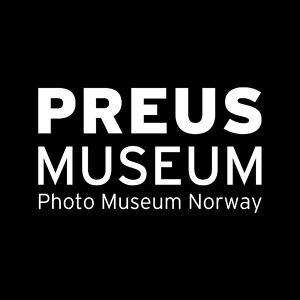


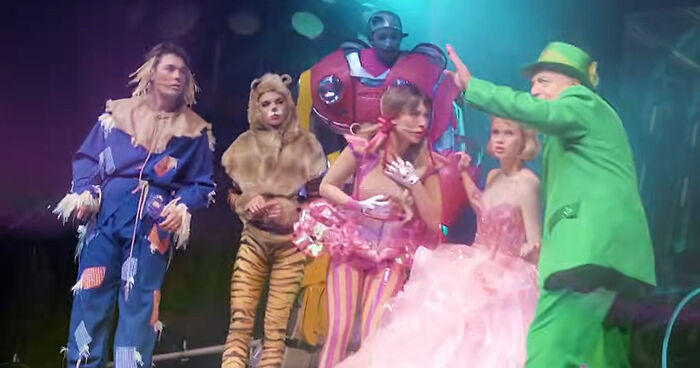
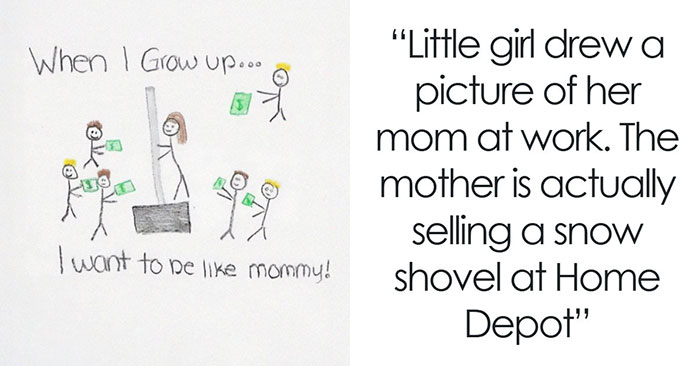
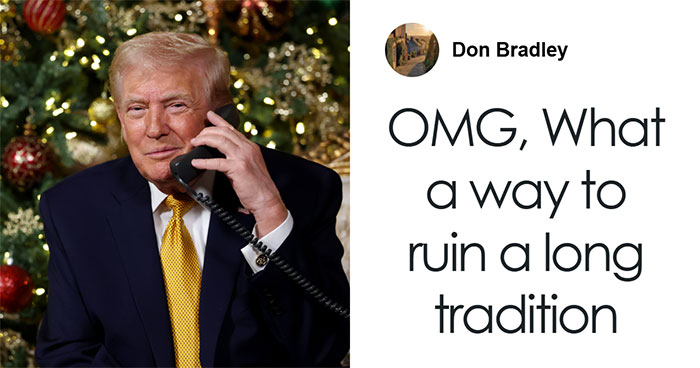
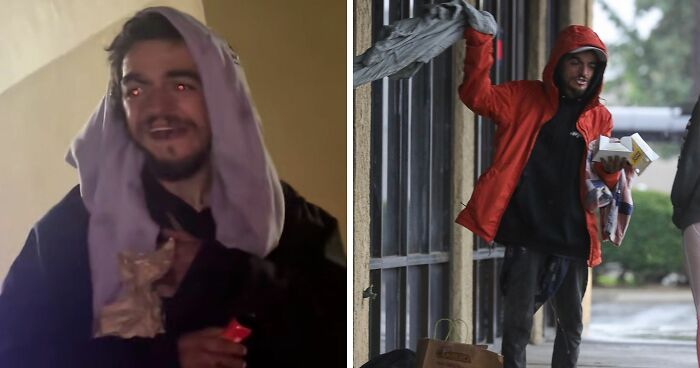
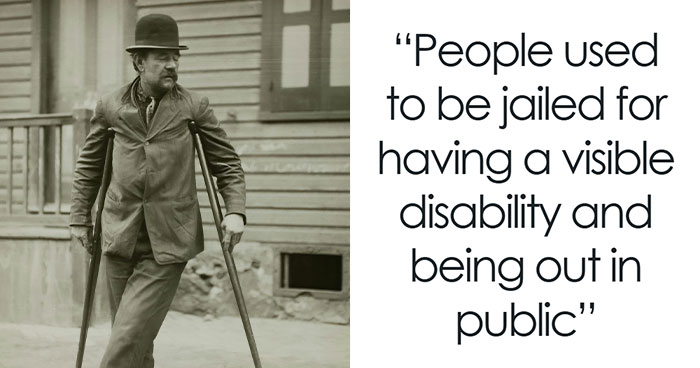
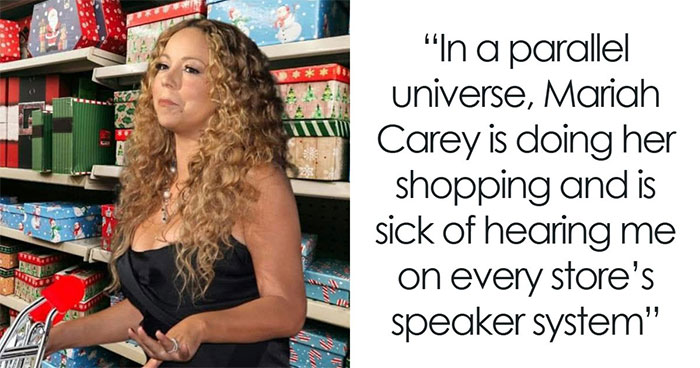
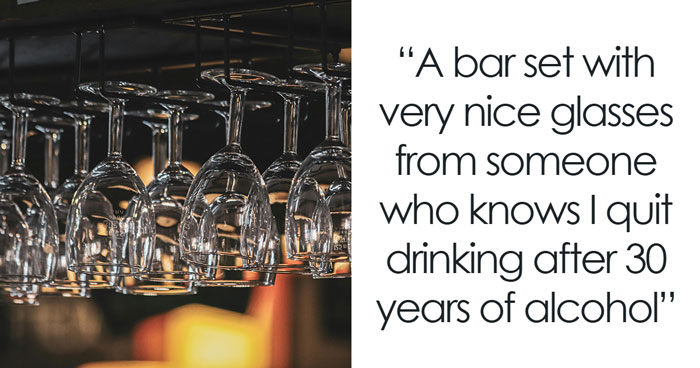
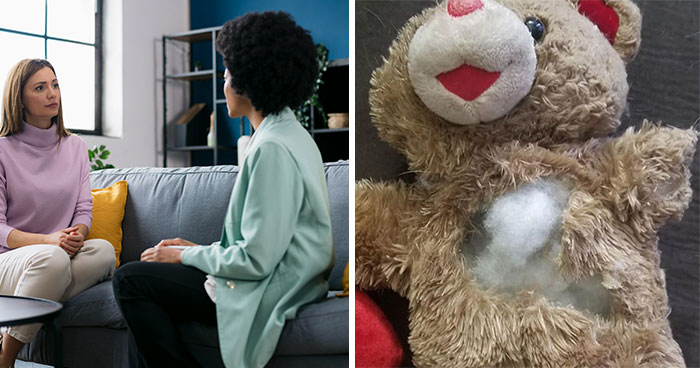
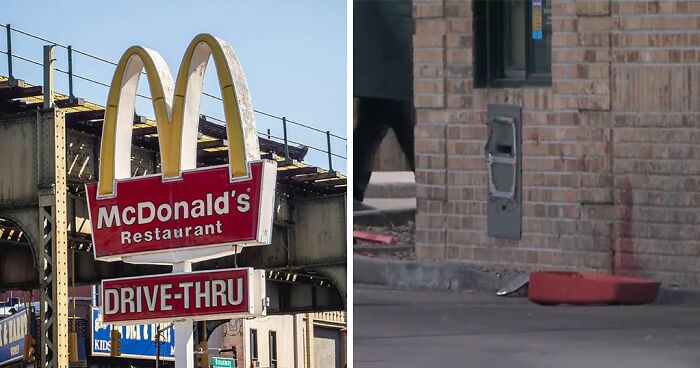
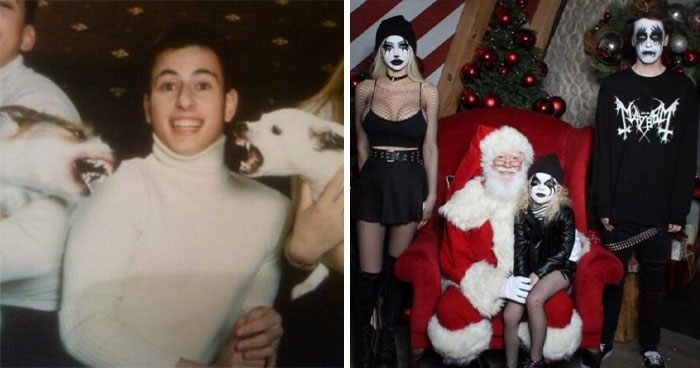




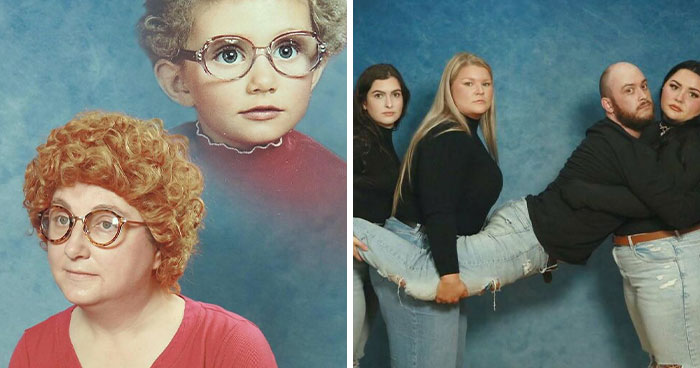


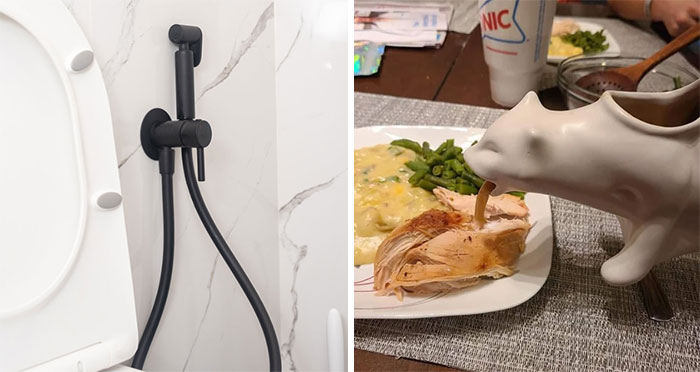

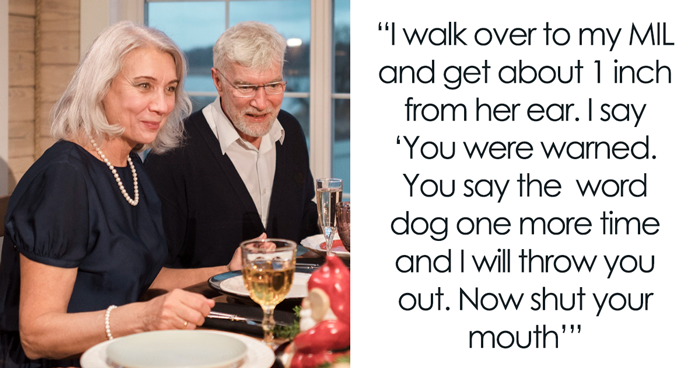




















143
10